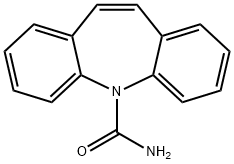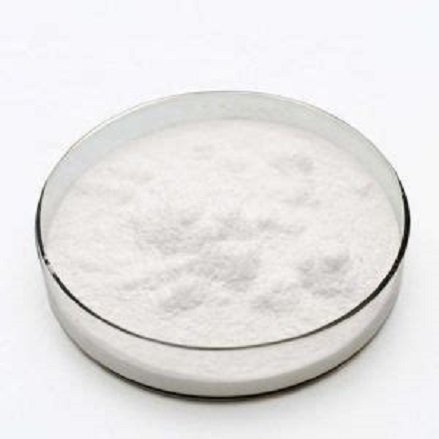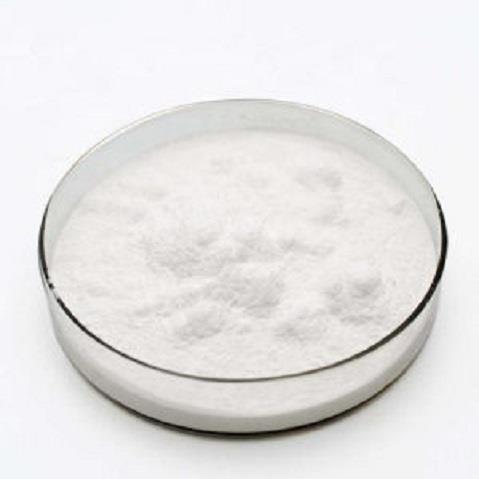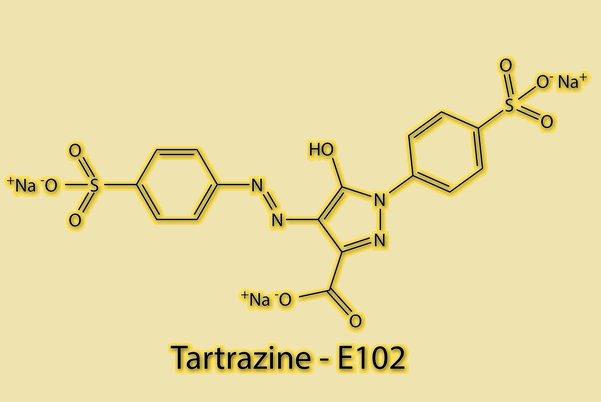Carbamazepine: Indications, Dose, Mechanism of action and Side Effects
Indications
Carbamazepine is a commonly used antiepileptic drug. Its FDA-approved indications include:
(1) Epilepsy: specifically for partial seizures (psychomotor, temporal lobe), generalised tonic seizures (grand mal) and mixed seizure patterns with complex symptoms. It is not indicated for absence of seizures.
(2) Trigeminal neuralgia
(3) tic douloureux
(4) acute manic and mixed episodes in patients with bipolar disorder I
Off-label treatments for Carbamazepine include:
(5) refractory schizophrenia (patients with schizophrenia accompanied by EEG abnormalities, patients with schizophrenia accompanied by violent episodes, and patients with affective schizophrenia)
(6) neuropathic pain and fibromyalgia
(7) Alcohol withdrawal syndrome (moderate to severe)

Dose
Carbamazepine has various dosage forms: immediate-release tablets (100-400mg), extended-release tablets and capsules (100-400mg), chewable tablets (100-200mg), oral suspension (100mg/5mL), and IV solution (10mg/mL). It's primarily used for epilepsy, with a max dose of 1600mg/day, divided doses, and an IV alternative at 70% of the oral dose. For trigeminal neuralgia, the max is 1200mg/day. Carbamazepine is taken orally using tablets, chewable tablets, extended-release (long-acting) tablets, extended-release capsules and suspensions (liquids). Dosage adjustments may be required in persons with impaired renal or hepatic function. Intravenous administration is indicated in patients with epilepsy who are unable to take oral medication and the maximum duration of administration is 7 days.
Mechanism of action
Studies have shown that carbamazepine exerts its therapeutic effects by modulating voltage-gated sodium channels (VGSC). It does this by binding to the alpha subunit of the VGSC, which in turn causes the channel to become inactivated, thereby inhibiting the generation of action potentials and attenuating synaptic transmission.
Side Effects
Common side effects of carbamazepine include dizziness, drowsiness, nausea, vomiting and ataxia. It carries a black box warning for severe dermatologic reactions, particularly in Han Chinese with the HLA-B*1502 gene, increasing the risk of SJS/TEN. HLA-B*4001, HLA-B*4601, and HLA-B*5801 are protective alleles. Aged patients are at risk of delirium due to its mild anticholinergic activity, which can also cause urinary retention and constipation. Other serious risks include agranulocytosis, aplastic anemia, CNS depression, hepatotoxicity, and hyponatremia. It may exacerbate heart failure and cause cardiac dysfunction due to homocysteinemia, with a higher risk of AV heart block in patients with cardiac conduction issues. Teratogenic in pregnancy, it's a category D drug, with malformations including spina bifida and craniofacial defects. It can also cross the placenta and be transferred through breast milk. In mixed seizure disorders, it may increase generalized convulsions.
You may like
Related articles And Qustion
See also
Lastest Price from Carbamazepine manufacturers

US $1.00/KG2025-04-21
- CAS:
- 298-46-4
- Min. Order:
- 1KG
- Purity:
- 99%
- Supply Ability:
- 10 mt
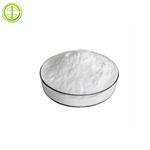
US $0.00-0.00/Kg/Bag2025-04-21
- CAS:
- 298-46-4
- Min. Order:
- 1Kg/Bag
- Purity:
- 0.99
- Supply Ability:
- 20 tons
